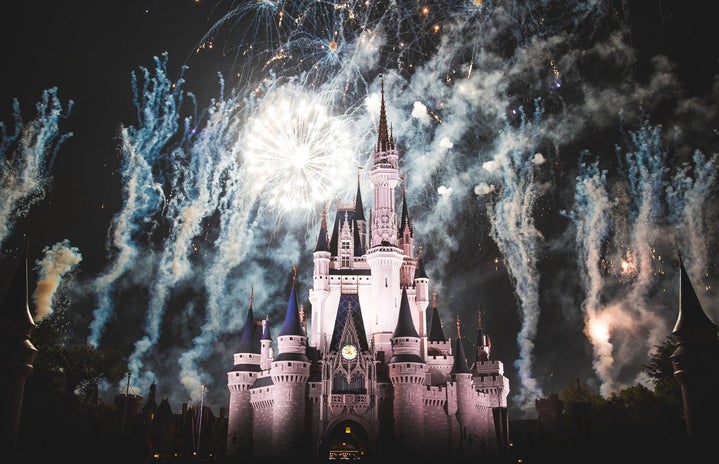My deep-rooted love for Disney princess movies has recently been challenged.
Here is some context. As a child, I would watch the same movies every single day. These movies ranged anywhere from Disney to Pixar to Dreamworks films, and I loved them. I lived on them. I would sit in front of the television to watch all the princess, fairy, and Barbie movies there were. They let me experience the magic from my living room.
Through these movies, I learned as a young girl that love and beauty do exist. At the time, however, I did not recognize that that love and beauty were not accessible because I was a short, chubby, wild-haired girl. All the princesses that got swept away by the love of their lives or who got to wear those glamorous dresses were tall, thin, and statuesque. How could I compete with that? And more importantly, how could the characters and stories that I built myself around turn on me like this? They did not accept my body, which was shorter and rounder compared to the bodies they defined as the most beautiful.
What did I do? I respectfully repressed that information and just kept watching them.
Fast forward to now. I still love princess movies and I am still shorter and curvier than any acceptable princess. So, my preferences have changed. Rather than the princesses that passively wait for their man to save them, I live for the princesses that take action and are the drivers of their own story. These are Moana, Shrek – yes, Fiona is epic and underrated, and Frozen – the best sequel I have seen in a long time.
Recently, the emergence of an English-Language film created by South Korean directors and filmmakers Sung-ho Hong and Moo-Hyun Jang has shaken up my perception of what the modern princess should be and how she should look. Hong and Jang created an adapted version of Snow White and the Seven Dwarfs (1937), reimagining the story as Red Shoes and the Seven Dwarfs (2019). The plotline is relatively similar compared to the original story. The one distinct difference is that in the reimagination, the action is central to Snow White’s appearance. Snow White is drawn in an overweight body. This distinct alteration creates a domino effect where every relationship developed throughout the story is informed by the characters’ perception of each other physically.
While searching for her lost father, Snow White steals a pair of magical shoes from her evil step-mother, who also happens to be a witch. The shoes transform her into a traditional beauty, granting Snow newfound visibility that she does not experience in her true body. It is because of this visibility that the seven dwarfs, who are also under a curse and are secretly a troupe of handsome evil-fighting princes, agree to help Snow find her father. They set out together.
Throughout their journey, Snow White and Merlin, the leader of the dwarf pack, grow to love each other. While Snow White fell in love with Merlin in his green dwarf form, Merlin fell in love with the slender Snow White. Snow pushes him to grow past his egotistical belief system to realize that beauty is not solely defined by appearance. They break each other’s curses. Merlin is no longer stuck in a little green body, controlled by his ego, and Snow dismantles the belief that she and her body are worthless.
However, in the last moment of the movie, when Snow and Merlin are happily themselves and together, and Snow’s father has safely returned, another of the dwarf members looks over at the scene and professes his confusion over who exactly is kissing Merlin. He does not recognize Snow at all. So yes, the fat girl got the guy, and she got her kingdom back, and she got her father back, but by returning to her bigger body she must also return to invisibility.
So my question is this: why couldn’t she just be fat and beautiful? Princess plot lines have justified including overweight characters by characterizing them as the mothers, the fathers, the villains, the fairy godmothers, the comedic relief and the sidekicks. I wonder what would happen if there was a fat main character who fought for what they wanted, found love, and did not have to change to be accepted. These animated movies have worked tirelessly to ensure that this character remains invisible. But I continue to ask: why not make them visible?



